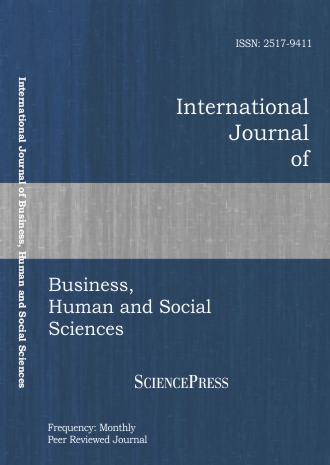
Scholarly
Volume:11, Issue: 8, 2017 Page No: 2101 - 2105
International Journal of Business, Human and Social Sciences
ISSN: 2517-9411
Beyond Taguchi’s Concept of the Quality Loss Function
Dr. Genichi Taguchi looked at quality in a broader term and gave an excellent definition of quality in terms of loss to society. However the scope of this definition is limited to the losses imparted by a poor quality product to the customer only and are considered during the useful life of the product and further in a certain situation this loss can even be zero. In this paper, it has been proposed that the scope of quality of a product shall be further enhanced by considering the losses imparted by a poor quality product to society at large, due to associated environmental and safety related factors, over the complete life cycle of the product. Moreover, though these losses can be further minimized with the use of techno-safety interventions, the net losses to society however can never be made zero. This paper proposes an entirely new approach towards defining product quality and is based on Taguchi’s definition of quality.